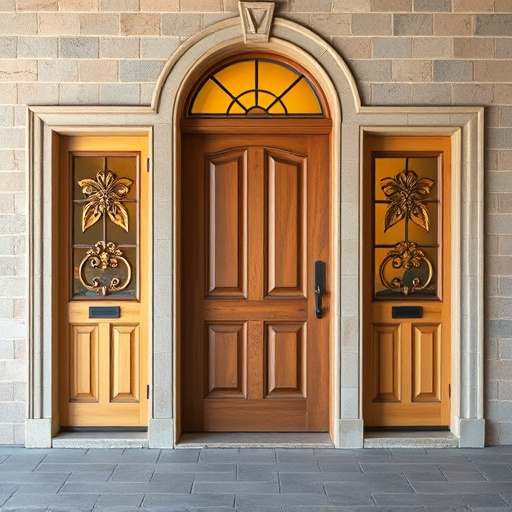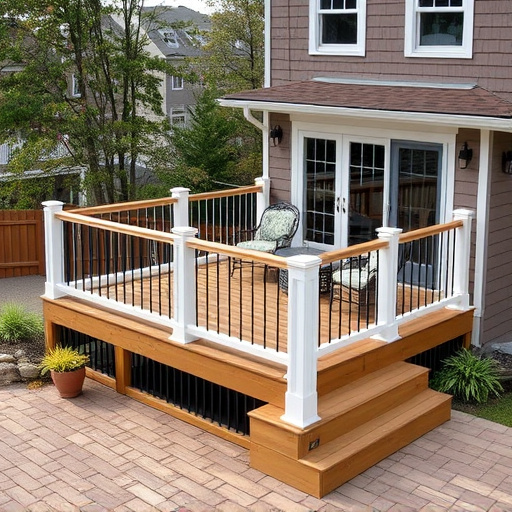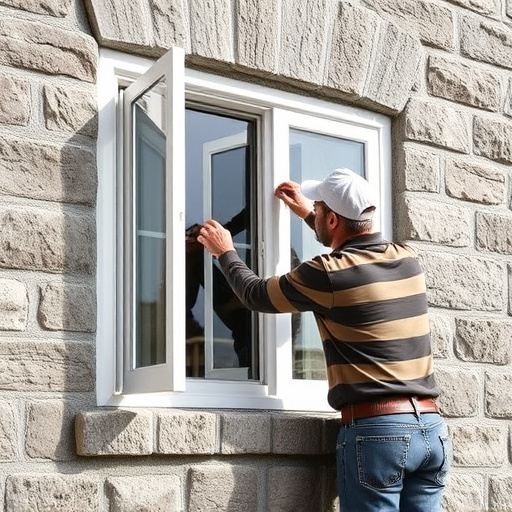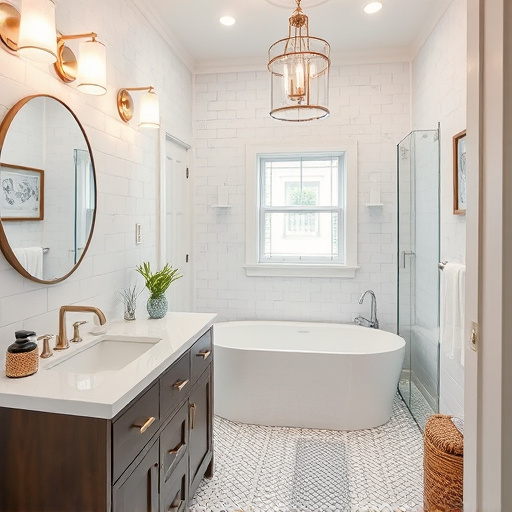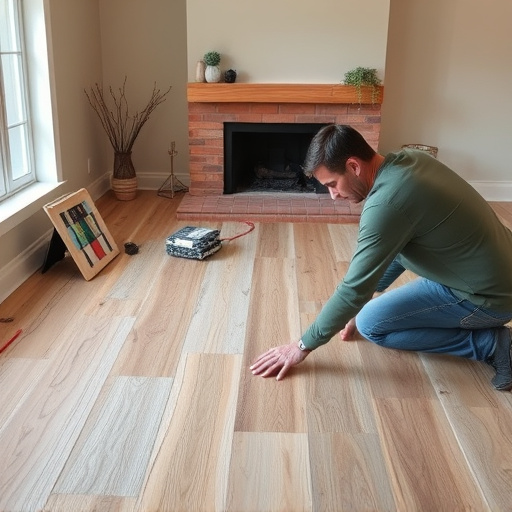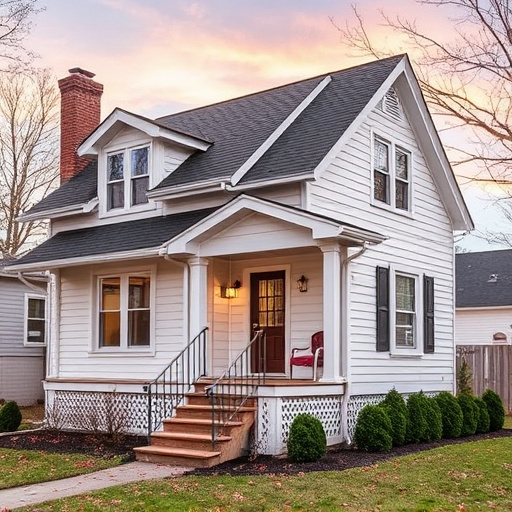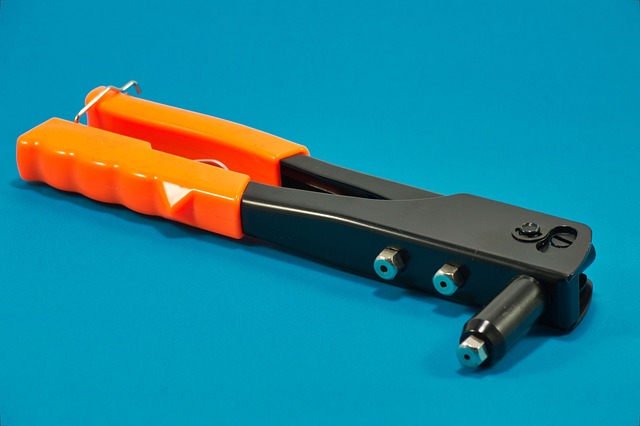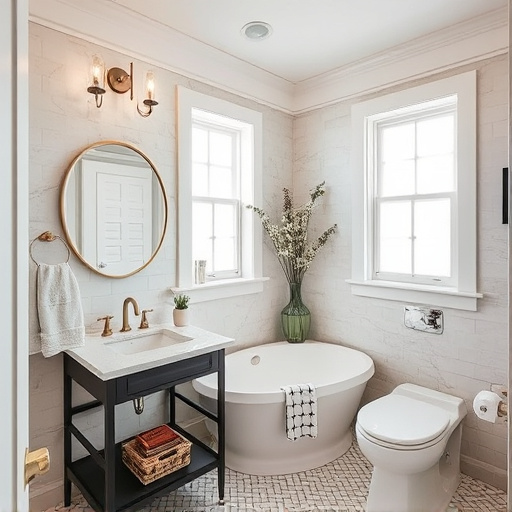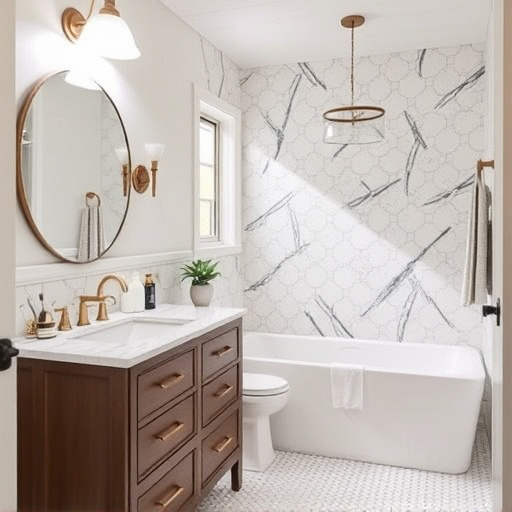Before deciding between refacing or replacing your kitchen cabinets, assess their condition, current aesthetic, and personal taste. Reface if cabinets are in decent shape but outdated; replace for extensive damage or a complete transformation. Inspect hinges, paint, doors, drawers, frames, and shelves. Consider cabinet materials and construction quality; solid wood with durable finishes is more resilient than particle board or laminate. Evaluate cost-effectiveness and long-term investment potential based on refacing vs. replacement.
Are your kitchen cabinets showing signs of wear and tear? Should you reface or replace them? This guide will help you make an informed decision. We’ll walk you through assessing the condition of your kitchen cabinets, understanding the pros and cons of refacing vs. replacing, and providing real-world scenarios to illustrate when each option is best. By the end, you’ll know which path offers the perfect balance between aesthetics, functionality, and budget for your outdated kitchen cabinets.
- Assessing the Condition of Your Kitchen Cabinets
- – Inspect for damage, wear, and functionality issues
- – Identify materials and construction quality
Assessing the Condition of Your Kitchen Cabinets
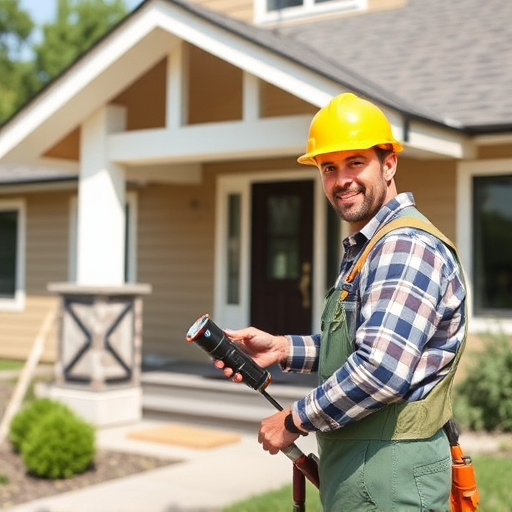
Before deciding whether to reface or replace your old kitchen cabinets, it’s crucial to assess their overall condition. Start by examining the doors and drawers for any signs of damage, such as chips, cracks, or warping. Check the hinges and hardware for loose or missing parts, as these are common areas where cabinets take on wear and tear over time. Look at the interior shelves and drawers as well; if they’re damaged or no longer fit properly, it might be more cost-effective to replace them rather than fix them.
Consider the overall look and style of your kitchen. Outdated cabinets can significantly impact the aesthetic of a space. If your cabinets are in decent shape but don’t align with your home’s current design or personal taste, refacing could be an excellent option for achieving a fresh look without a full replacement. However, if the damage is extensive or you desire a complete transformation, including customized work to match your vision, replacing your kitchen cabinets may be the better long-term investment in terms of both functionality and aesthetics, enhancing your home’s value as part of a comprehensive kitchen and bath remodeling project.
– Inspect for damage, wear, and functionality issues

Before deciding between refacing or replacing your kitchen cabinets, it’s crucial to conduct a thorough inspection. Look for any signs of damage, wear, and functionality issues. Check for loose hinges, chipped or peeling paint (a common indicator of old age), and damaged doors or drawers. Also, assess the overall condition of the cabinet frames and shelves. If your cabinets are beyond repair and don’t align with your desired style, replacement might be the better option. However, if the damage is minimal and the cabinets still provide adequate storage and functionality, refacing could be a cost-effective solution that revitalizes their appearance without a complete overhaul—a consideration relevant not just for kitchens but also during multiple room remodel or even bathroom remodel projects.
– Identify materials and construction quality
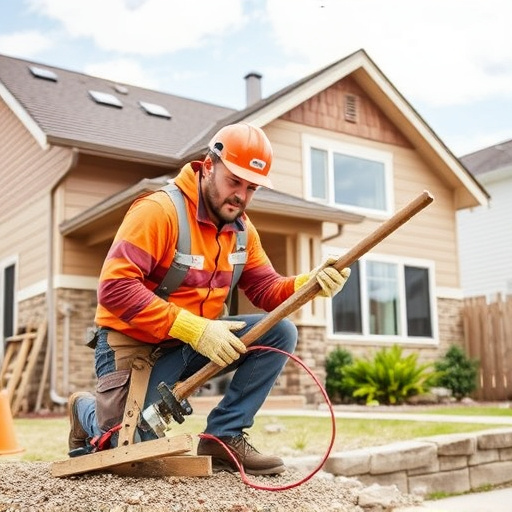
Before deciding whether to reface or replace old kitchen cabinets, it’s crucial to assess their materials and construction quality. Kitchen cabinets are a significant investment, and understanding what they’re made of can reveal a lot about their durability and potential for future updates. Higher-quality cabinets often feature solid wood construction with durable finishes, ensuring they withstand the rigors of daily use. Cheaper alternatives might use particle board or laminate, which can be less sturdy and prone to damage over time.
Identifying the cabinet’s materials is also essential when considering home transformations or multiple room remodel projects. If your cabinets are in good structural condition but simply need a fresh look, refacing could be an excellent option. This process involves replacing doors and hardware while keeping the original frames, offering a cost-effective way to achieve a significant change without a full replacement. In contrast, if the cabinets are old, damaged, or made from lower-quality materials, replacement might be the better choice, as it allows for a complete refresh and can enhance overall kitchen aesthetics and functionality through renovation services.
When deciding between refacing or replacing old kitchen cabinets, assessing their condition is key. If they show significant damage, wear, or functionality issues, and the materials and construction quality are poor, replacement might be the best option. However, if your cabinets are mostly intact but outdated, refacing can provide a fresh look without the cost and hassle of complete removal. Ultimately, the choice depends on your budget, time, and the desire for a complete transformation.


